November 21, 2024 | 09:44 GMT +7
November 21, 2024 | 09:44 GMT +7
Hotline: 0913.378.918
November 21, 2024 | 09:44 GMT +7
Hotline: 0913.378.918
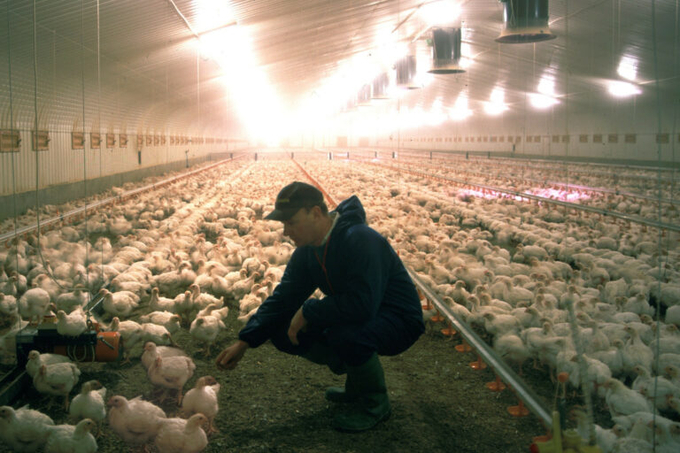
The economic impact of clean feed is substantial. Photo: Anitox.
Similar to the benefits of clean eating for humans, high-quality, clean feed keeps poultry productive and resilient, converting nutrients effectively into energy and growth. This makes clean feed more than beneficial, but a complete game-changer.
Reducing pathogens and boosting nutrient absorption
‘Clean feed’ is defined as feed free of harmful pathogens, toxins and contaminants. Achieved only through comprehensive biosecurity programmes supported by effective feed pathogen control, clean feed has been observed to support gut health by reducing risk from harmful bacteria and preventing costly disease outbreaks that harm growth and profit.
Clean feed transforms nutrient absorption, ensuring that feed converts effectively into growth and energy. Feed free from pathogens like mycotoxins, Salmonella and Clostridum perfringens, allows for higher nutrient bioavailability, reducing growth-stunting anti-nutritional elements and promoting healthy weight gain. Pathogen-heavy feed, on the other hand, can wreak havoc in the gut, as birds burn energy fighting infections rather than growing, leading to higher usage of antibiotics and supplements, and additional costs.
An analysis of 8,000 feed samples shows that animal by-products and vegetable proteins like soybean meal carry the most microbial risks. These contaminated feed sources drive up the pathogen load in poultry, especially in non-pelleted feeds, which carry up to 55% higher contamination rates. By reducing these microbial loads, producers prevent pathogens from gaining a foothold in the GIT, optimising bird health, and maximising feed efficiency.
Interaction between feed and poultry gut health
Feed is one of the most important and costly components of poultry production. High microbial loads degrade feed quality and hinder optimal bird performance, directly impacting profitability. Additionally, pathogens are ubiquitous in the poultry environment, often entering through fomites. Since feed is supplied from a single source to multiple operations, a single ingredient with a high microbial load can affect many houses, constantly challenging each bird’s gut health.
A healthy gut microbiome is crucial for growth, feed conversion, and disease resistance. Feed quality directly influences the gut’s microbial balance, and poor feed introduces disruptive pathogens like Clostridium and Salmonella that cause inflammation and nutrient malabsorption. With pathogen-free feed, birds maintain a balanced gut microbiota, protecting against infections, which diverts energy back to growth and production instead of immune defense.
Many of today’s producers use additives such as prebiotics and probiotics to enhance poultry gut health by supporting commensal microbial populations in the gut, controlling pathogens through competitive exclusion, stabilising gut pH and improving nutrient absorption. Clean feed supports these benefits by mitigating feed-source pathogen ingression into to the gut so that prebiotics and probiotics can thrive and help foster a healthy gut flora, keeping harmful bacteria in check, promoting strong digestive health.
Managing feed as a potential source of pathogens requires tools and strategies to reduce microbial loads and control pathogens such as Salmonella. Producers utilising clean feed are positioned to achieve performance and productivity goals through lower pathogen prevalence and reduced spoilage organisms. Common strategies include heat treatment and chemical treatments.
Heat treatment is effective but requires more than just pelleting. To significantly reduce microbial loads and target hard-to-kill pathogens, an effective heat treatment must reach 86°C for at least 6 minutes. However, this method alone cannot ensure ongoing mill hygiene. Chemical treatments, such as organic acids, serve as natural preservatives that regulate pH, reduce harmful microbes and enhance digestion. Only feed sanitisers – solutions that deliver a high level of long-lasting efficacy at low inclusion rates – effectively control pathogens and help protect against recontamination, maintaining feed cleanliness until consumption.
Cleaner feed, healthier and more productive birds
Research shows that sanitized feed lowers mortality and boosts production—even when birds face disease challenges. For producers, pathogen-free feed means fewer health complications and higher yields.
For example, research executed by Colorado Quality Research, observed that under a Necrotic Enteritis (NE) Challenge Model, reducing feed microbial loads with a feed sanitiser during the first 2 weeks of life better prepared broilers to handle disease. Broilers consuming sanitised feed demonstrated lower NE-specific lesion scores, reduced oocyst shedding and improved performance parameters (Figure 2) compared to birds fed the untreated control diet. Furthermore, broilers fed sanitised diets experienced lower mortality from days 17 to 28.
The economic impact of clean feed is substantial. With improved feed conversion ratios and reduced disease management costs, poultry producers benefit from lower operational costs and higher profits. In the field, feed sanitation during the first 2 weeks of life has been shown to reduce commercial broiler feed conversion by 2 points, improve body weights and lower mortality, ultimately saving producers hundreds of thousands and generating a substantial return on investment.
Investing in clean feed is an investment in productivity, efficiency and profitability. By prioritising feed quality, producers unlock the full potential of their poultry, setting the stage for healthier, faster-growing birds and a more profitable, sustainable operation.
(Poultryworld)
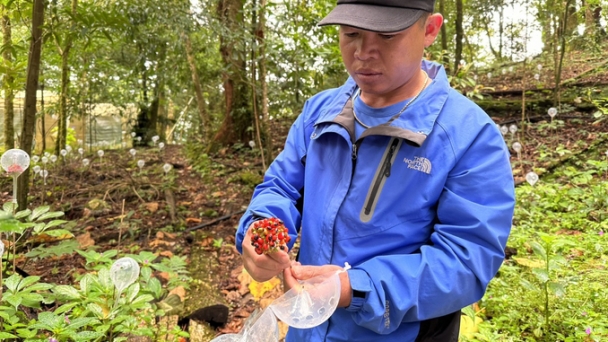
(VAN) Quang Nam Province aims to cultivate 10,000 hectares of Ngoc Linh ginseng by 2035, thereby establishing it as an internationally recognized brand with high export value.

(VAN) Manuela V. Ferro, World Bank Regional Vice President for East Asia and Pacific, visited New Green Farm Cooperative in Thot Not District on November 19.
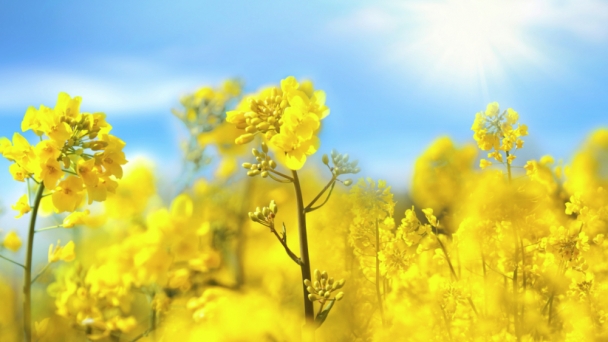
(VAN) Dr. Greg Gocal, executive vice president and chief scientific officer at Cibus, said the company has made plant disease resistance an important pillar of its work.
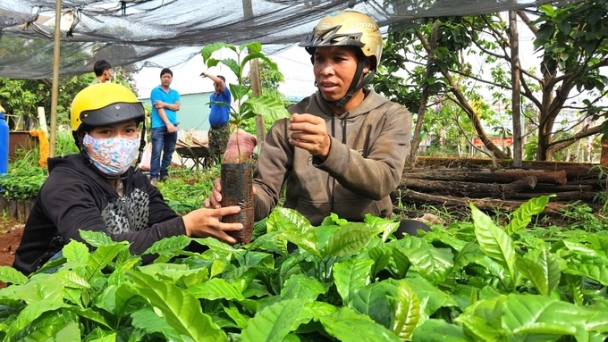
(VAN) Gia Lai aims to maintain approximately 100,000 hectares of coffee production area by 2030, focusing on sustainable intensive farming practices.
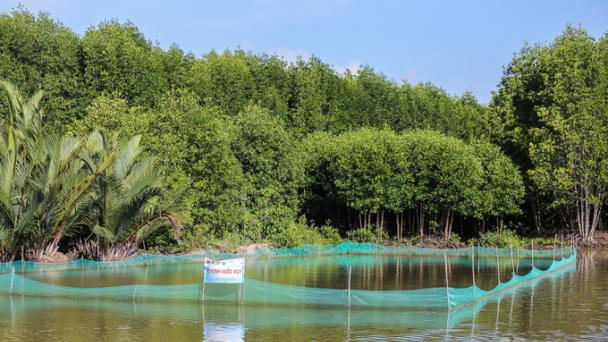
(VAN) Ca Mau possesses significant potential for tourism development, boasting diverse and abundant natural resources, particularly a rich mangrove forest ecosystem that supports various livelihoods.
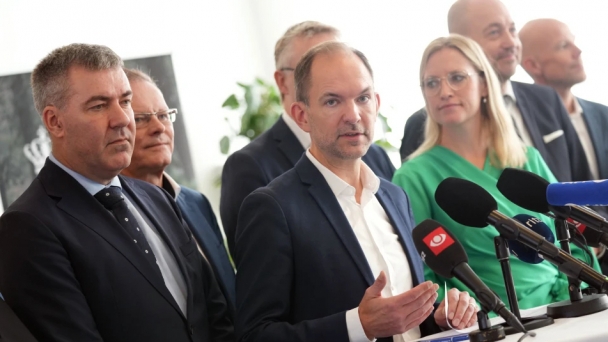
(VAN) Danish lawmakers agreed on a deal to plant 1 billion trees and convert 10% of farmland into forest and natural habitats over the next two decades in an effort to reduce fertilizer usage.